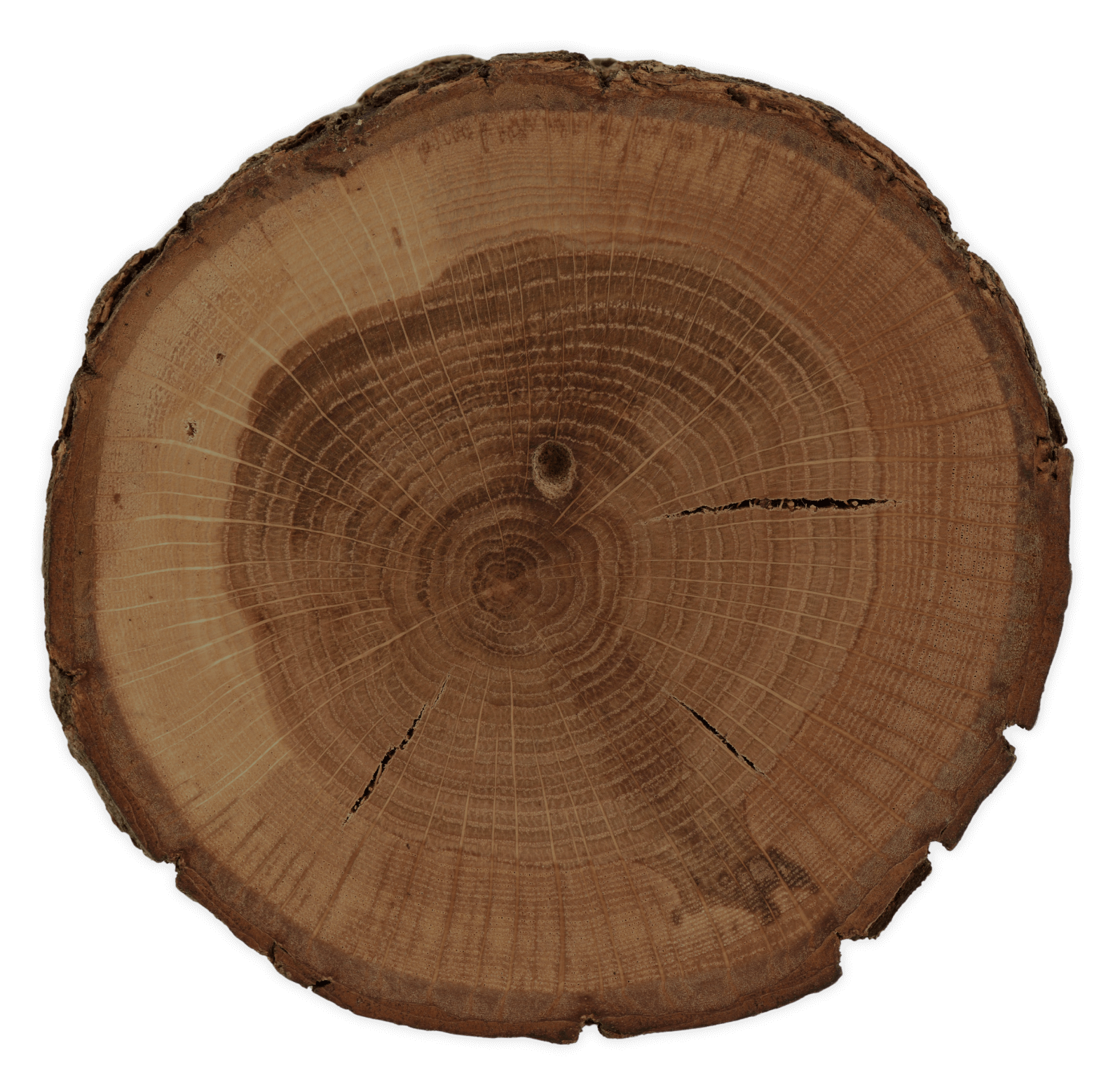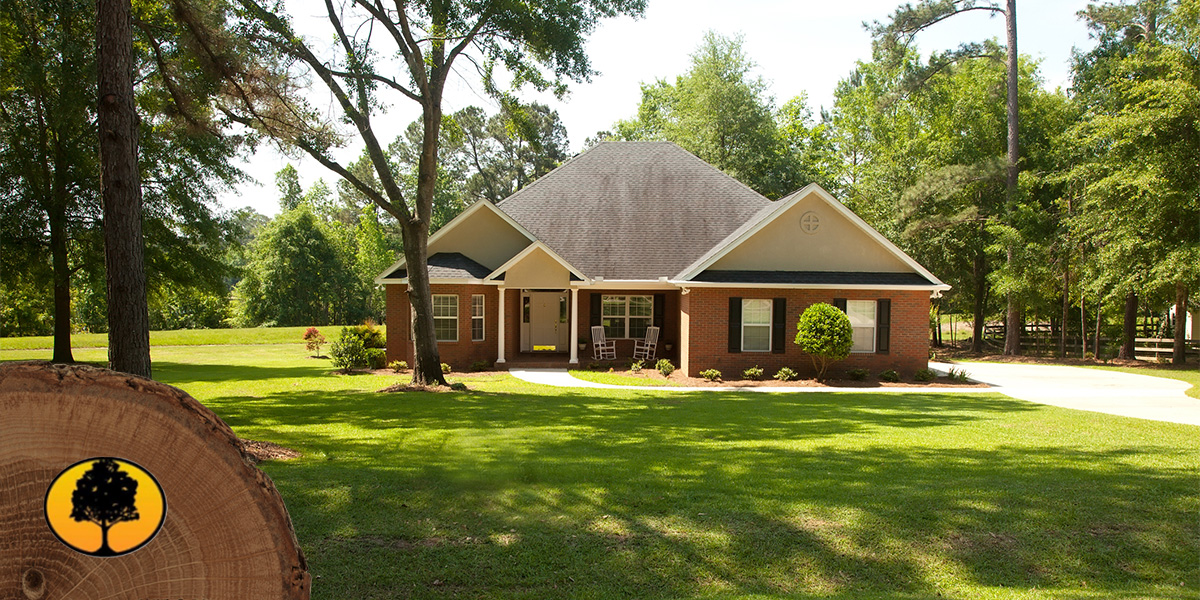

Of all the weather disasters in the United States since 1980, hurricanes have caused the most damage, with each major storm costing an average of $23 billion. A hurricane home preparation checklist is vital to safeguarding your household and finances, giving you peace of mind when you need it most.
Whether you’re a lifelong local or have just moved to Florida for the first time, you’ve probably wondered at one point, “How do you prepare your house for a hurricane?”. We’re here to help with just that – Here are 10 ways to prepare your home for hurricane season in Florida.
To prepare your house for a hurricane, start as early as possible by documenting your valuables. Grab a pen and paper and move from room to room. Take a photo of each item, and document as much information as you can, as your insurer will need this when processing your claim after a storm. Note the following next to each item:
Add this information to a spreadsheet, and save the photos and videos to a file. If you still have the receipts, take a picture of them, too. Saving this information on your laptop or cellphone prevents you from having to carry extra documents during a possible evacuation or while taking refuge.
Hurricanes can cause billions in insured losses. For example, Hurricane Milton caused an estimated $20 billion in insured losses in 2024. To protect your home, review your insurance deductibles, which are the out-of-pocket amounts you’ll be responsible for if your property gets damaged.
The deductible is usually a percentage of your dwelling coverage, but it can also be a flat fee. If you have a percentage-based deductible and want to know the amount you will be paying, know your dwelling coverage and the deductible percentage. You can work out the deductible and save for the amount you will need to contribute if your property experiences damage.
Additionally, remember that most home insurance policies do not cover flooding. If you haven’t already done so, you may want to take out separate flood insurance.
If you do not have a generator, now is the time to consider purchasing one. Getting a new generator sooner rather than later gives you time to learn how it works. Generators can be expensive, but they are worth it. You can also take advantage of sales or promotions to reduce the cost.
If you already have a generator, test it to make sure it still works. Ensure you have enough fuel, and, if possible, teach at least one other person in your household how to use it. It is also a good idea to get extra batteries for flashlights, fans and other items you may need when the power goes out.
When preparing for a hurricane at home, ensure any areas leading to the outdoors are secure. Check the following:
Your roof protects your home and possessions, so make sure it’s as secure as possible. Get any loose or missing tiles and shingles repaired or replaced. If your roof is damaged and you need a new installation, aim to replace it before hurricane season starts. Florida homes should have roof straps, so check these and make sure they are secured for added peace of mind.
A strong foundation is also essential for protecting your home. Walk around your property and look for any signs of damage, such as cracks, separated masonry or standing water near your foundation. Seal any slits with the proper concrete sealant.
Dirty gutters can cause leaks and water damage. Clean your downspouts and gutters before a hurricane to remove clogging debris and dirt. You will also want to clear leaves from your outside drains to help prevent water accumulation and flooded spots on your lawn.
Your essentials list outlines what to get when a hurricane warning is triggered. Prepare it in advance while you’re not rushed to ensure a comprehensive list. Some core essentials should include:
Should you have to evacuate, discuss where you will go and the route you’ll take with friends, colleagues and family. The evacuation also includes all your pets. If you cannot bring your pets, take them to a family member or friend, or find a reputable shelter outside the hurricane zone.
It is crucial to wait for the official clearance from the authorities before returning to your home. Practice caution, as some objects or branches may come loose from roofs or trees and fall. When assessing your property for hurricane damage, do so safely.
A professional property assessment after the hurricane is vital. Structural engineers, local officials, federal agency officials, insurance adjusters or skilled arborists can assess the damage and facilitate timely repairs.
Trees and branches can pose a safety hazard during a hurricane. If a tree has overhanging branches close to your house, getting them trimmed can prevent them from breaking and causing damage. Loose branches can also fall into your gutters, causing blockage and water damage.
You will also want to get vulnerable trees cabled or braced to prevent them from uprooting. Tie smaller trees and shrubs, and place any outdoor potted plants inside, as they can uproot and smash into your doors and windows. Do not leave trimmings on your property or the curb — dispose of these in the trash or recycle them.
Brown’s Tree Service has decades of experience providing hurricane tree preparation and cleanup services. We provide trusted, expert assistance when you’re getting ready for a hurricane, and we can assist with post-hurricane cleanup, restoring your home’s appearance and safety.
See why we are the industry leader:
With Brown’s Tree Service, you can rest assured that your lawn and trees are secured and prepared for the hurricane season. You also won’t need to worry about post-hurricane cleanup. We will do all the work, allowing you to take care of your family during this critical time.
For expert hurricane preparation and cleanup services you can depend on in Sarasota, call us today. You can also complete this contact form to receive a free tree risk assessment from our experts.